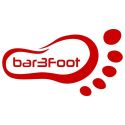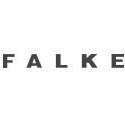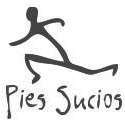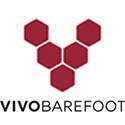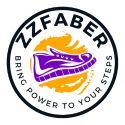No products
Prices are Management included
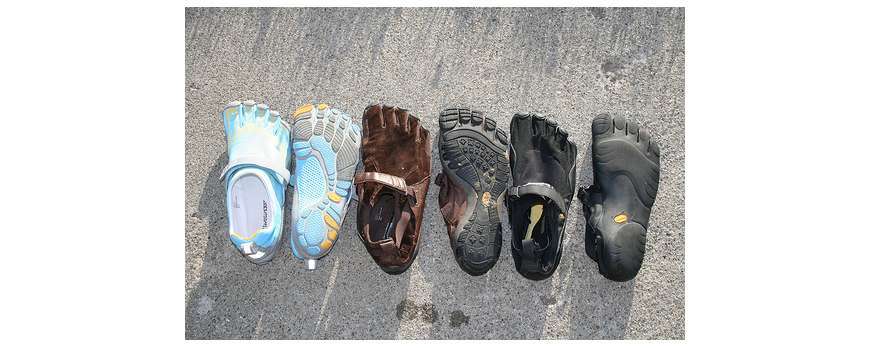
Why running shoes do not work: pronation, cushioning, movement control and running barefoot (II)
We continue with the second part of the article written by Steve Magness, coach at the University of Houston (USA)
You can access the rest of the articles in the following links: Part 1, Part 3
Impact strength: It gets complicated
Not everything is as simple as described above. In an interesting study by Scott (1990), load peaks were evaluated in the different places of the runner's body where the injuries occurred (Achilles, knee, etc.) ), and all of them (the load peaks) manifested themselves during the middle part of the movement and the end part (the push or push-off), which led to a very important finding: "the force of impact when the heel comes into contact with the ground has no effect on the peak force produced in the parts with chronic injury", and speculating a little, it could be said that this force of impact would not encourage the appearance of injuries.
To further complicate the concept of impact force, the fact comes into play that when the rate of injury related to the surface on which one runs - hard or soft - is analysed, there does not seem to be any benefit in doing so on the latter... Why does this happen, since it is due to something called pre-activation and adjustment of the muscle, which we will be talking about shortly...
Supporting this data, other studies have shown that people with a low peak impact force are just as likely to be injured as those with a high one (Nigg, 1997). And adding one more piece of information, it could be said that impact forces seem to be the most influential in the development of bone density; this seems to make sense. The bone responds to the stimulus by becoming increasingly resistant to impacts, provided that these are not too intense and there is adequate and sufficient recovery.
The underestimation of our body: impact forces as feedback
Returning to the previous question: how do the forces of impact change depending on how soft the shoe sole is, and why does running on hard surfaces not cause more injuries than running on soft surfaces?
The problem is, once again, that we underestimate our own body by not giving it the credit it deserves; the human body adapts both to the shoe and to the hardness of the surface whatever it is, always through changes in joint stiffness, the way the foot lands and through the aforementioned concept of pre-activation and muscle adjustment.
The clearest example can be seen when running barefoot. Studies with barefoot runners or using minimalist shoes have shown that the body seems to adapt to the forces of impact based on the feedback provided by the surface. When running or jumping, the body receives all the sensory information, and this, added to previous experiences, leads to a self-adjustment of the body to protect/land optimally. As mentioned above, this occurs thanks to a variety of mechanisms, therefore, if we put cushioning on the shoe, the body will react by saying, more or less: "Ok, perfect; I don't have to worry so much about the impact since I have this layer that protects me"?
As for the concept of muscle pre-activation, it was recently proposed by Nigg et al. in 2000, supporting the theory that impact forces are signals or sources of feedback by which the body adjusts accordingly to minimise soft tissue or bone vibration. The argument is that the force of impact is not the problem, but rather the signal. Muscle tuning is essentially the control of these vibrations through a variety of methods, and one of them is the pre-activation or activation of the muscles prior to impact, and in this case, serves as a method of altering muscle stiffness, which is another way of preparing for impact.
As for the above mentioned that the hardness of the surface does not affect the rate of injury, it is due to the fact that the body adapts, thanks to muscular pre-activation, to the most varied surfaces, as demonstrated in O'Flynn's study (1996). To prepare for impact, and probably to minimize muscle/bone vibration, when running on concrete, muscle pre-activation is very high, and when done on a smooth surface, it is not so high
What all this means is that the body adapts to its environment through sensory input, and the shoe has a decisive influence on this adaptation. The cushioning of the shoe does not alter the impacts but rather the way the body adapts to these impacts... It is a very important question if we think about it. Here is the summary:
The type of shoe does not change the impact because it aligns the leg or because of its cushioning, but because it modifies the characteristics of the shoe, altering the sensory feedback.
And to conclude with the subject of impact forces and cushioning, we ask ourselves: what is it that the shoe is trying to cushion? As we have already said, impact forces do not influence injuries, and furthermore, the cushioned soles of the shoe do not change - or do so only very slightly - the impact forces, therefore cushioning is not the answer, since because of it, the shoe could not even be doing its job properly.
But what about the studies that do show that the new cushioned soles are effective, since these investigations are carried out with machines that simulate the impact received during walking, but without taking into account the determining factor of the body adjustments that are automatically made by the body based on feedback.
That is why the damping does not work: the body adapts to the surface thanks to the feedback received.
In the third and last part of the article we will talk about the missing piece in this complex puzzle: running barefoot.
Translation and adaptation of the original article written by Steve Magness, coach at the University of Houston (USA)
Dejar un ComentarioDejar una respuesta
Blog categories
- Running Technique
- Shoes Review
- Scientific studies
- Nike and minimalist shoes
- Morton neuroma
- Bunions
- Podiatrists' opinion on...
- Claw toes, crowded toes,...
- Flat feet
- Runner's injuries, runner's...
- Sprained feet, ankle sprains
- Footwear for wide feet or...
- Heel and back pain
- Children's feet and...
- Circulation and bone...
- Knee pain, osteoarthritis,...
- Plantar fasciitis
Últimos Comentarios
Fernando Capellán
That Vivobarefoot lawsuit… and what happened nextLorena Cortés
This is what Nike did to Nadal's footFernando Capellán
They call it ugly... but everyone will...Antonio Caballo
The finger wristband: when fashion squeezes...

